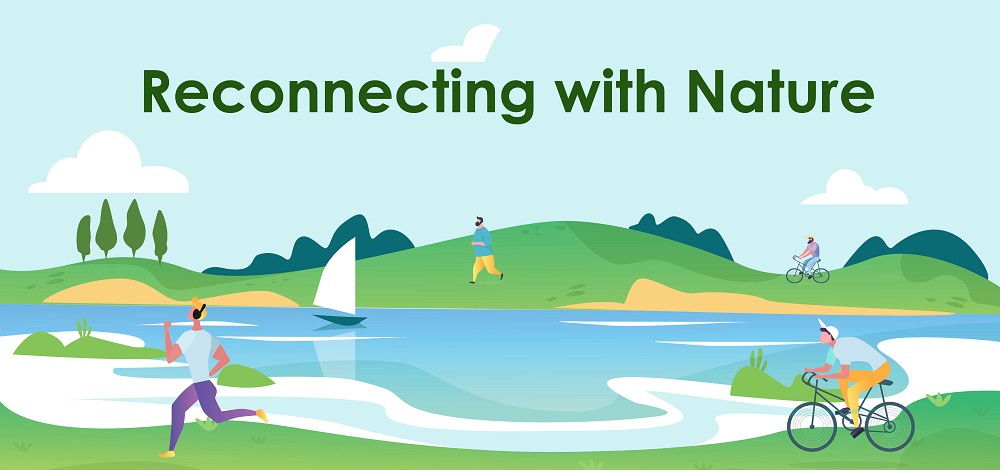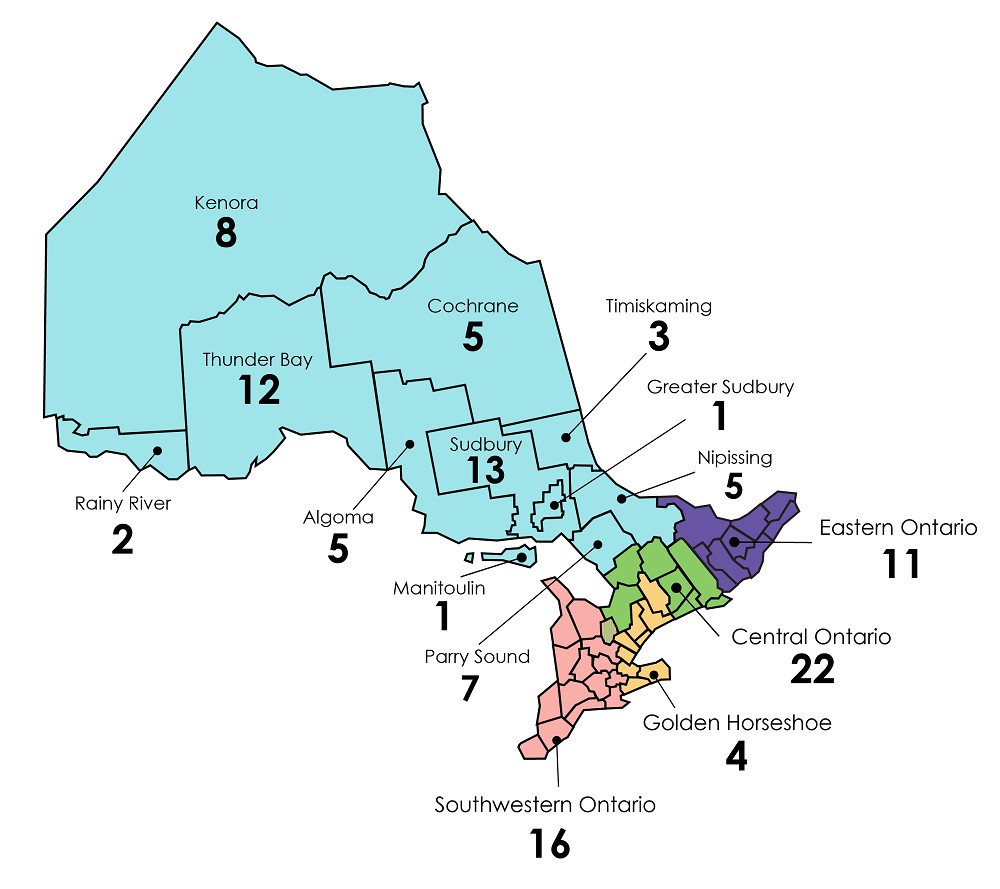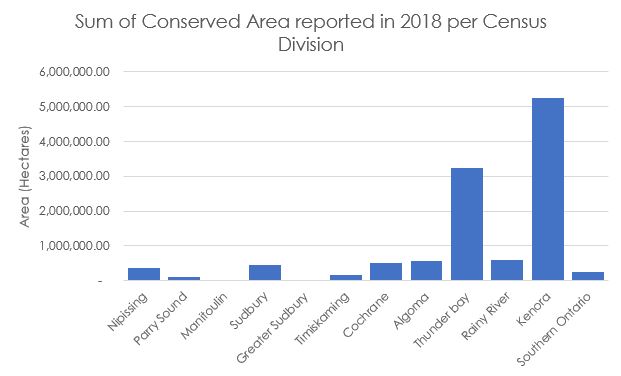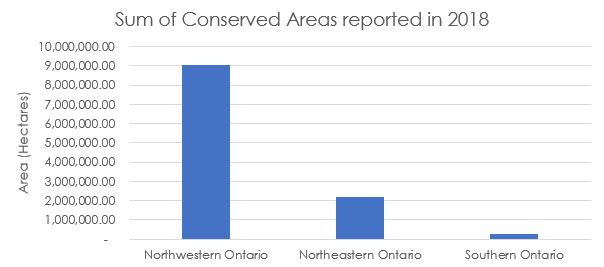Northwestern Ontario: the grass IS greener!
*Ceci est seulement disponible en anglais
June 1, 2020 - Spending time in nature was found to be associated with increased health and well-being. Immersing yourself in nature that is protected by environmental experts helps ensure that people can access nature while mitigating damage.

Ontario Provincial Park’s mission is to provide safe and accessible areas for people to enjoy nature while protecting natural landscapes and species. NPI tallied the number operating of Provincial Parks per Northern Ontario’s census district (CD) and Southern Ontario’s subregions (Figure 1). In comparison to non-operating provincial parks, operating provincial parks have visitor centers, parking and any basic facilities. In the Northwest, the Thunder Bay District has 12 operating provincial parks, the Kenora District has 8 and the Rainy River District has 2. Adding the number of operating provincial parks for these three districts combined equates to 22 in the Northwest – a number equivalent or greater than any southern Ontario region! Population density is lower in Northwestern Ontario compared to all Southern Ontario subregions[1]. This suggests that Northwestern Ontarians are closer to a variety of operating provincial parks that are likely less populated than those found in Southern Ontario. This increased access to camping in wilderness largely untouched by many humans may provide more opportunities to observe uncommon species.
Figure 1

Source: Ontario Parks. Park Locator
Conserved areas are terrestrial and marine (land and freshwater) areas in which access and use are controlled to conserve biodiversity. This is vital to our future as human beings because healthy ecosystems provide clean water, pollination and mitigate climate change. The Canadian Protected and Conserved Areas Database records each Canadian conservation area and provides the hectares of land and marine areas they cover and the year that the conservation title came into effect. To compare the amount of conserved land in Northern Ontario, NPI summed the terrestrial conservation areas for each census district (CD) in Northern Ontario (Figure 2). Not surprisingly, the Kenora District – which has the largest area - has the highest amount of conserved areas with 5,228,777 hectares. Interestingly, the Thunder Bay District has approximately 5.24 times more conserved areas than the Cochrane District, even though the Cochrane District is larger in land area. This can be partly explained by the conservation area dedicated to Lake Superior.
Figure 2

Source: Statistics Canada. Canadian Protected and Conserved Areas Database
If you compare the sum of the conserved areas in Northwestern Ontario with the conserved areas in Southern Ontario, Northwestern Ontario regions have approximately 34 times more conserved areas (Figure 3)! This means that Northwestern Ontario has a very important role in environmental sustainability. These regions help ensure that people can continue to enjoy nature and receive the health benefits of the natural environment now and for generations to come!
Figure 3

Source: Statistics Canada. Canadian Protected and Conserved Areas Database
[1] Statistics Canada 2016 Census Data
Écrivez pour nous
Maia Kvas is an Experience North Summer Placement - Research Analyst
Le contenu du Puces Politiques du Nord est pour l’information et l’utilisation générales. Les vues exprimées dans ce blogue sont celles de l’auteur et ne reflètent pas nécessairement les opinions de l’Institut des politiques du Nord, de son conseil d’administration ou de ses partisans. Chaque auteur assume toute la responsabilité quant à la précision et à l’intégralité de son blogue. L’Institut des politiques du Nord ne sera pas tenu responsable d’une erreur ou d’une omission dans cette information, ni d’un dommage causé par l’exposition ou l’utilisation de cette information. Tout lien vers un autre site Web ne signifie pas que l’Institut des politiques du Nord est d’accord avec le contenu de ce site, ni qu’il y assume une responsabilité.
L’Institut des politiques du Nord vous invite à lui faire part de vos observations et commentaires. Cette rétroaction ne doit pas dépasser 500 mots. Nous ne publierons aucun commentaire comportant des propos obscènes, désobligeants, haineux ou menaçants. Évitez le hors sujet en vous assurant que vos commentaires concernent les thèmes abordés dans ce blogue. Si vous présentez une réfutation ou un contre-argument, veuillez fournir des sources et des éléments de preuve. L’Institut des politiques du Nord se réserve le droit de refuser les rétroactions et commentaires transmis à www.northernpolicy.ca qui contreviennent aux présentes directives.
